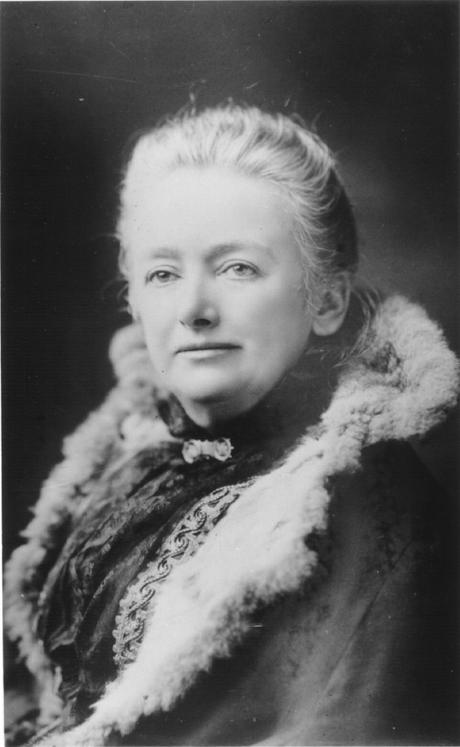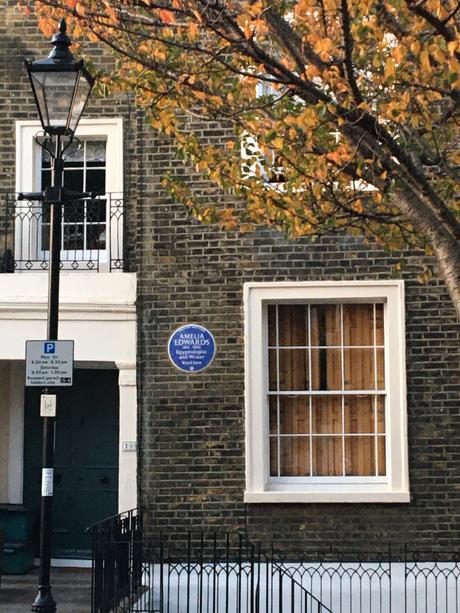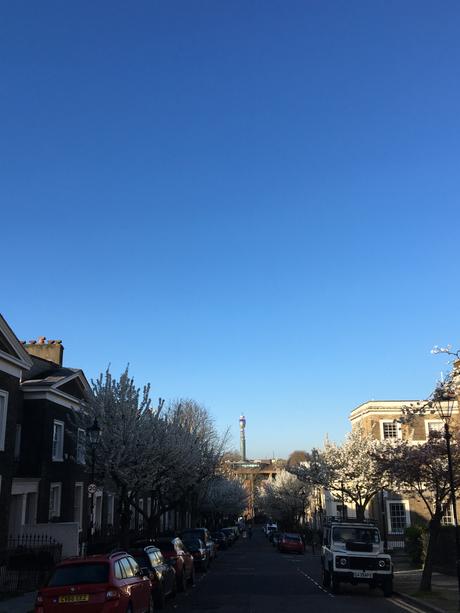
Amelia Edwards (1831-1892) was a remarkable woman with a great deal of energy, curiosity and a pioneering spirit. A true polymath, she began writing from a very young age, but she also showed great promise as an artist and musician. Writing, however, was where she largely focused her energies in the first decades of her life, with a range of prose and poetry being regularly published in the popular periodicals of the day, as well as several novels, which saw considerable success.
However, when she was orphaned at the age of 30, Amelia found herself freed from the responsibility of caring for her elderly parents and having to churn out a huge volume of writing in order to financially support them, and so was able to at last please herself. She had always dreamed of travelling, and in the early 1870s, she visited Italy and France with a female friend, publishing the well-received A Midsummer Ramble in the Dolomites (1873) upon her return. However, her real desire was to visit Egypt, and in 1873, she and her friend Lucy made their first trip to the country that was to go on to obsess Amelia for the rest of her life.
Amelia fell in love with Egypt’s beauty, but more than anything, she became fascinated by its history and the rich archeology that was just beginning to be discovered. Witnessing the terrible desecration of many graves, the looting and destruction of artefacts and the illegal trade of grave goods by unscrupulous dealers made her determined to do something to ensure that Egypt’s archaeological history was protected from those who wished to use it merely to make money. Also, in an age of increasing development and tourism, Edwards saw that it was going to be necessary to take prompt action to ensure that Egypt’s precious monuments would be safely preserved for future generations to enjoy.

As such, Amelia founded the Egypt Exploration Fund in 1882, in partnership with curators at the British Museum. Abandoning her other writing to devote herself entirely to the cause, she traveled far and wide to give talks, and wrote numerous articles and books to raise awareness of new archaeological finds and promote the need for the study and preservation of artefacts. Her efforts raised much of the money required for the Fund’s work, and it was thanks to her that a new generation of archaeologists were trained and supported to become the trailblazers of modern day Egyptology. Sadly Amelia found herself pushed out of the Egypt Exploration Fund towards the end of her life, with the growing professionalisation of archeology making her female and amateur status considered unworthy of respect. Decisions were increasingly made without her, despite her campaigning work paying for much of the Fund’s activities, and though she continued to be actively involved, she no longer enjoyed the central role she had once held.
A broken arm during a lecture tour of America in 1890 weakened her health, and when her partner of thirty years, Ellen Drew Braysher, died in January 1892, Edwards was devastated. Just three months later she too died, of severe influenza, and was buried by the side of the woman she had shared most of her adult life with; their grave is now listed with English Heritage as a landmark in British LGBT history.
Though Edwards may have suffered from a lack of appreciation towards the end of her life, today she is very much recognised as being the ‘Godmother of Egyptology’. Her legacy lives on in the continued existence of the Egypt Exploration Fund (now known as the Egypt Exploration Society) and the Edwards Chair of Egyptology at University College London, the first paid academic position for the study of Egyptology in the UK, which she bequeathed the money for in her will. She launched the careers of many early Egyptologists, such as her dear friend Flinders Petrie (first Edwards Chair of Egyptology) and Howard Carter (of Tutankhamun fame), and ensured that, at a time when much irreparable damage could have been done to Egypt’s archaeological history, as much as possible was preserved for us to still marvel at today.
Amelia Edwards was a real trailblazer in so many aspects of her life, and yet she started out living in a dinky Georgian terrace just around the corner from my own flat. This is where her blue plaque now sits, on one of (in my opinion!) the loveliest streets in London, Wharton Street, which has the most spectacular cherry blossom trees that make it a real sight to see in the spring. Close to the hustle and bustle of King’s Cross and Bloomsbury, but tucked away amidst the Georgian squares of Clerkenwell, it’s just as tranquil now as it probably was in Edwards’ childhood, and every time I walk past, I like to imagine her sitting in the window, scribbling away, dreaming of Egypt.

